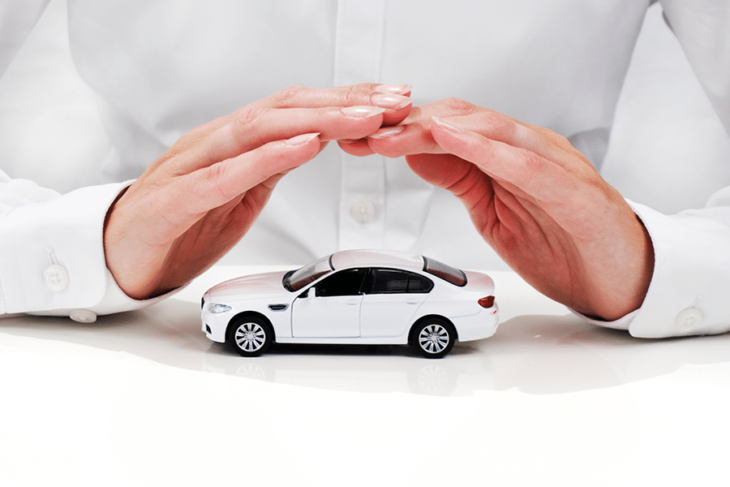
Road accidents happen and, in the UK, there are close to 200,000 per year, many of which can end in fatality.
While the won’t all end in a fatality or injury, the chances are your car will be left damaged, which could leave you in dire straits financially depending on your insurance policy. However, there are a number of insurance covers that can help you financially such as gap insurance should your car be written off.
Below, we outline what gap insurance is to help you out.
What is gap insurance?
When you take out insurance on a car, certain elements are covered and some aren’t. If you’re involved in a car accident, even if you have fully comprehensive insurance and your new car is written off, you’ll lose money.
This is because all cars lose their value pretty fast due to depreciation.
Therefore, if you’re involved in an accident, your insurance company are likely to only pay out the car’s current value. This means you’ll be left with a large monetary loss, meaning you won’t be able to replace the car with an equivalent or have enough to repay what you owe on your current financial deal.
That’s where gap insurance comes in handy as it’s designed to cover the difference between what your insurer pays out, and depending on the type of policy you have:
- What you paid for the car
- What you still owe on the car
When it’s useful
Like most extras when it comes to insurance, you’re probably wondering what the positives of gap insurance are. The insurance is useful for drivers if:
- You pay a lot of interest
- The car you bought will lose its value quickly
- The debt is being paid off slowly
- You had a small down payment
- You’ll have a large lump sum to pay at the end of your financial agreement
- You’re on a contract hire deal
When it’s not suitable
However, just like other insurance add-ons, gap insurance isn’t right for everyone. This may be particularly true if:
- The car is less than 12 months old and you’re the first registered owner
- You’re covered by your finance agreement
- You could make up the shortfall in the instance of an accident
- Your car is quite old
The different types of gap insurance
If you are considering taking out gap insurance on your vehicle, it’s important to know that there are several types available. These are:
- Finance gap insurance: this is designed for those who’ve borrowed money to buy their car. Therefore, if you still owe more than the insurance company will payout, your gap insurance will cover the rest. However, you’ll be left with no money or car afterwards.
- Return-to-invoice insurance: this level will top up the payment from your car insurance, meaning you’ll get back the amount you originally paid for the vehicle or the outstanding finance. This can be used on both new and second-hand cars.
- Brand new car gap insurance: similar to return-to-invoice insurance this is designed to compensate for the rising cost of cars. Therefore, this level of insurance will ensure you’ll get your money back, plus a little extra to ensure you can replace the car you lost.
And there you have it, everything you need to know about gap insurance should you need it.








